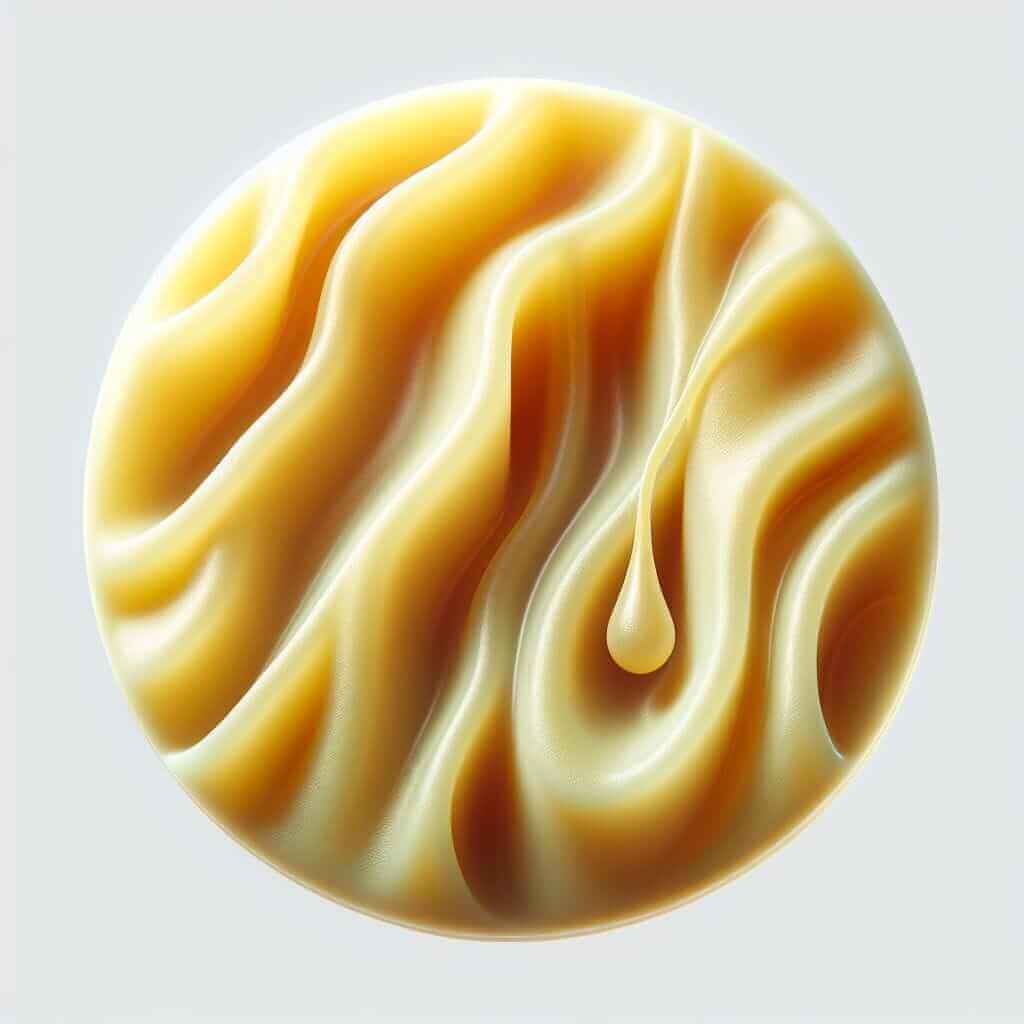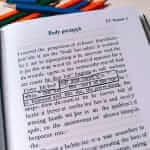When it comes to the IELTS exam, particularly the Listening and Reading sections, encountering scientific or medical terminology can be daunting. One such term that often arises is “plasma.” Understanding its meaning and usage, along with related vocabulary, can significantly boost your score. This comprehensive guide will equip you with the necessary knowledge to confidently tackle “plasma” and related terms in your IELTS exam.
Synonyms: blood plasma, blood serum, lymph, serum
Antonyms: (There are no direct antonyms for “plasma” as it represents a specific component of blood. However, we can consider antonyms in the context of its functions, such as “clotting factors” as opposed to “plasma” which contains them).
What Exactly is Plasma?
In simple terms, plasma is the pale yellow liquid component of blood that holds blood cells in suspension. It constitutes about 55% of total blood volume and plays a crucial role in transporting nutrients, hormones, and proteins throughout the body.
 Blood Plasma
Blood Plasma
Where Will You Encounter “Plasma” in the IELTS?
The term “plasma” frequently appears in the IELTS Listening and Reading sections, especially in passages related to:
- Biology: Discussions about blood composition, immune responses, and blood transfusions.
- Healthcare: Texts covering blood tests, diseases related to blood, and medical treatments involving plasma.
- Nutrition: Articles explaining nutrient transport and absorption in the body.
“Plasma” in Action: IELTS Examples and Analysis
Let’s delve into some practical examples to solidify your understanding:
1. IELTS Listening Section:
You might hear a dialogue like this:
- Doctor: “The blood test results show that your plasma glucose levels are slightly elevated.”
- Patient: “Does that mean I have diabetes?”
- Doctor: “Not necessarily. We’ll need to run some more tests to confirm.”
Analysis: This dialogue highlights how “plasma” is used in a medical context to discuss blood sugar levels, a common topic in IELTS Listening.
2. IELTS Reading Section:
Consider this excerpt from a passage:
“Scientists are exploring the use of plasma therapy to treat severe cases of COVID-19. The therapy involves transfusing plasma from recovered patients, rich in antibodies, into those battling the infection.”
Analysis: This example demonstrates how “plasma” is used in the context of medical research and treatments, a recurring theme in IELTS Reading.
Combining “Plasma” for Enhanced Fluency:
To achieve a higher band score, it’s crucial to demonstrate your ability to use “plasma” in conjunction with other relevant vocabulary. Here are some examples:
- Plasma membrane: The outer membrane of a cell that regulates the passage of substances.
- Plasma donation: The process of donating plasma, often used to help treat various medical conditions.
- Plasma levels: The concentration of specific substances within the plasma, often used as indicators of health.
Idiomatic Expressions (Not applicable to “plasma”)
While “plasma” doesn’t have direct idiomatic expressions, it’s beneficial to familiarize yourself with idioms related to blood or health in general, as they might appear in the IELTS:
- “Run in the family”: A trait or condition that is common among family members.
- “Picture of health”: Someone who appears to be very healthy.
- “Blood is thicker than water”: Family bonds are stronger than other relationships.
Conclusion
Mastering the vocabulary related to health and science is essential for achieving a high band score in the IELTS. By thoroughly understanding “plasma,” its usage, and related terms, you’ll be well-prepared to tackle any questions or passages that come your way. Remember to practice using this vocabulary in context to boost your confidence and fluency. Good luck!

